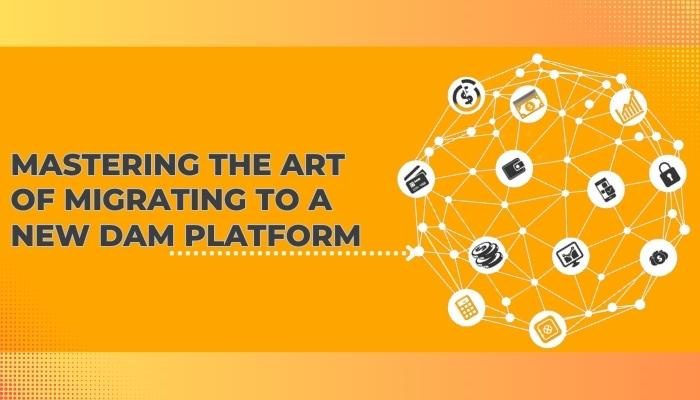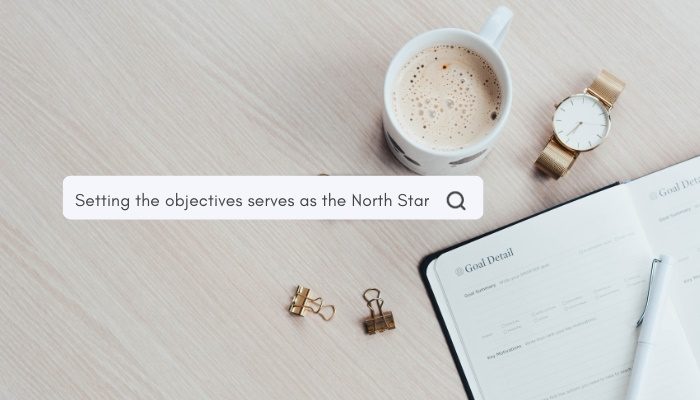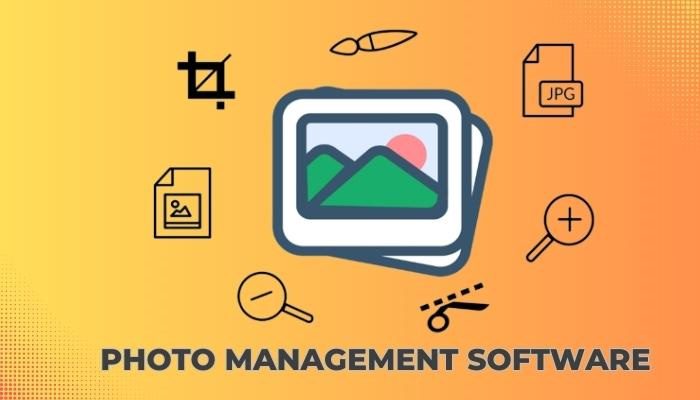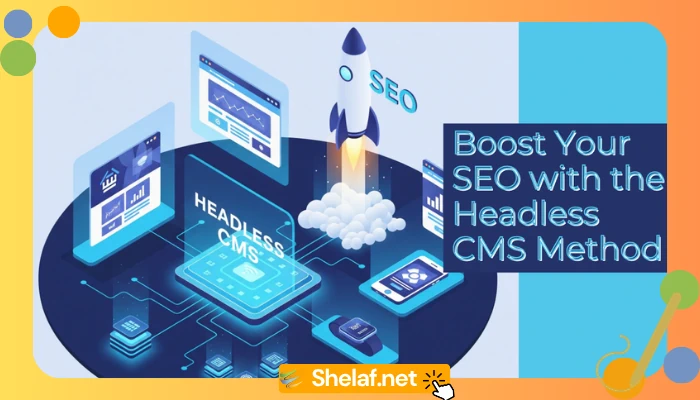In the ever-evolving landscape of digital asset management, the decision to migrate to a new DAM (Digital Asset Management) platform can be both a leap of progress and a leap of faith. Whether you’re seeking enhanced features, scalability, or simply a more intuitive interface, the process of migrating your existing digital assets to a new DAM system can be a journey fraught with challenges. Fear not, for we are here to explore the best practices and strategies that will ensure your migration is not just successful but also seamless, ensuring zero disruptions to your operations.
Contents
Chapter 1: Assess Your Current Landscape
Before embarking on your migration journey, it’s imperative to take stock of your current digital asset landscape. Imagine a marketing agency; their existing DAM system may hold thousands of high-resolution images, each meticulously tagged with metadata. It’s essential to assess the volume, variety, and complexity of your assets. Understanding what you have is the first step towards knowing what you need in your new DAM platform.
Chapter 2: Set Clear Objectives
Once you’ve grasped the nuances of your current asset repository, it’s time to set clear objectives for your migration. Consider a media company that’s outgrown its existing DAM system; their objectives might include streamlining the asset discovery process for journalists and improving collaboration with external contributors. Setting these objectives will serve as the North Star, guiding your migration strategy.
Chapter 3: Choose the Right Enterprise Photo Management Software
Selecting the right DAM system is the linchpin of a successful migration. When evaluating options, think about an e-commerce business expanding into global markets. They might require a DAM platform that not only offers robust image tagging capabilities but also multilingual support for metadata. Finding enterprise photo management software that aligns with your specific needs is pivotal.
Chapter 4: Plan Your Migration in Phases
Migrating your entire digital asset library at once can be overwhelming. Instead, consider a phased approach. For instance, a publishing house might start by migrating their archived print assets before moving on to digital assets. This step-by-step strategy minimizes disruptions and allows for thorough testing at each phase.
Chapter 5: Data Mapping and Validation
During migration, data mapping and validation are your allies. Visualize a fashion brand migrating their image library; data mapping ensures that metadata like product names, seasons, and models remain intact during the transition. Robust validation processes catch any discrepancies, ensuring data integrity.
Chapter 6: User Training and Support
A successful migration isn’t just about data; it’s also about your team. Consider a corporate organization moving to a new DAM platform; thorough user training ensures that employees can harness the full potential of the system from day one. Having a support system in place for queries and troubleshooting is equally crucial.
Chapter 7: Daminion Software: Your Partner in Migration
At the culmination of your migration journey stands Daminion Software, ready to be your partner in success. Our DAM platform is not just a tool; it’s a conduit for your organization’s evolution. With Daminion, you have a partner that understands the intricacies of migration. We offer a seamless transition, robust metadata management, and user-friendly interfaces. We’re not just a DAM solution; we’re your trusted guide in ensuring that your migration is not just successful but also transformative.
Embrace Daminion Software, where your migration journey isn’t just about moving data; it’s about paving the way for a more efficient and dynamic digital asset management future.












